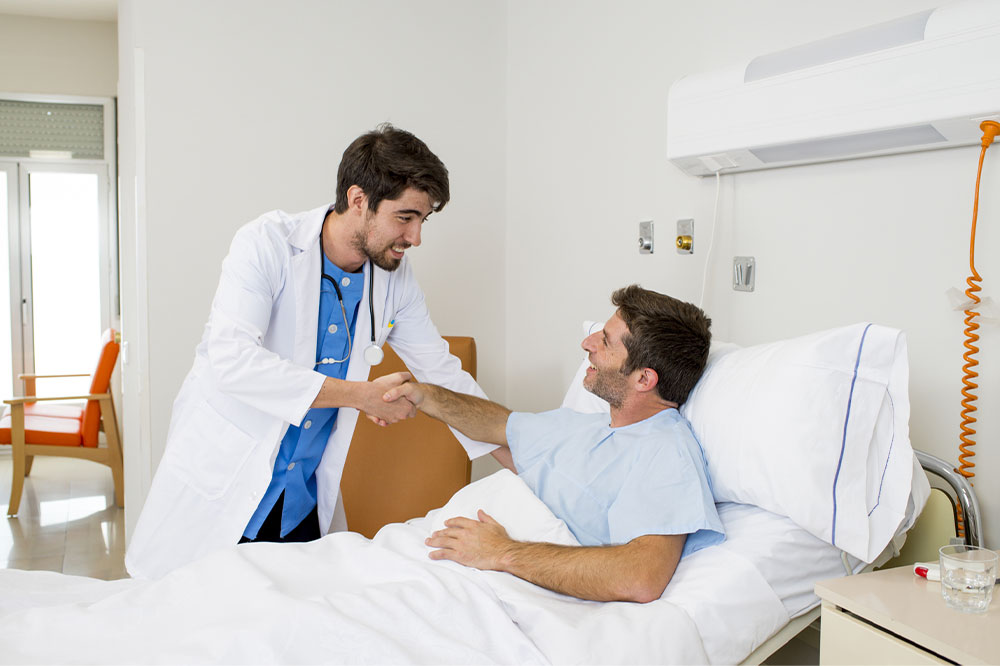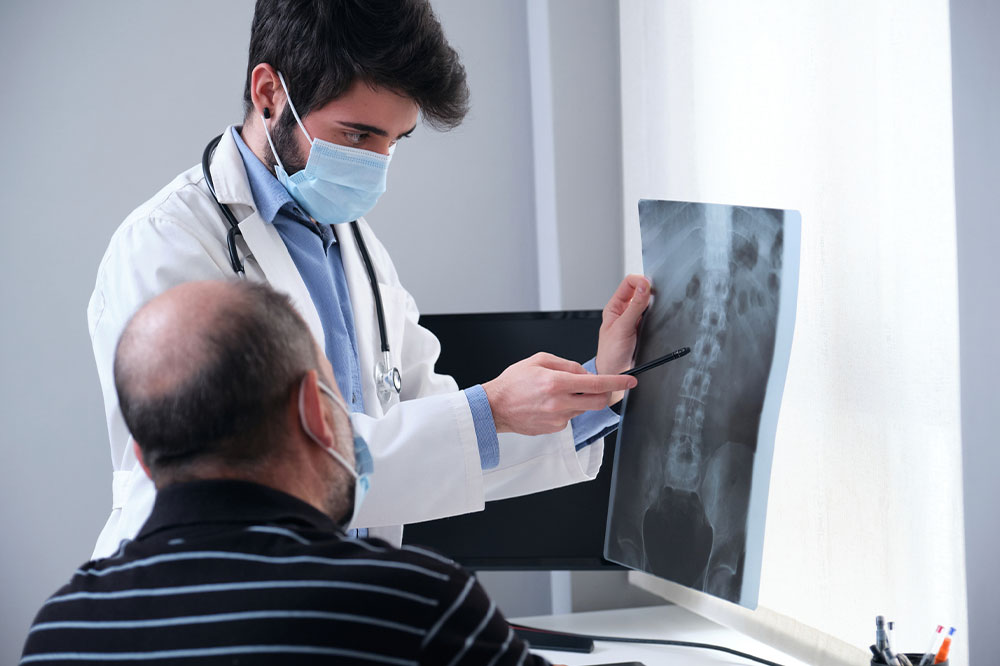Fatty liver disease – Warning signs and management
As the name suggests, fatty liver is a health condition caused by excess fat deposition on the liver. In most cases, people show no symptoms of the condition or face any health issues. However, it can get severe once the disease progresses, necessitating an intervention. But since the liver is an organ with self-healing abilities, changing our lifestyle habits and food choices can play a huge role in recovering from such conditions. Fatty liver diseases In a healthy liver, the amount of fat surrounding it is estimated to be 5 to 10% of the liver’s weight. This fat protects the liver against injuries and shock. However, when extra fat accumulates in the liver, it might impact its normal functioning, but it is observed in only a few fatty liver patients. The progression of the condition occurs in four stages: Simple fatty liver In this stage, there is a build-up of fat storage in the liver. If the condition does not progress, the initial stages of fatty liver disease are not harmful. Steatohepatitis The added fat storage is also accompanied by liver inflammation at this stage. This condition is a bit more severe than the simple fatty liver. Fibrosis With further progression of the disease, the continued inflammation of the liver eventually leads to scarring.
Read More 









